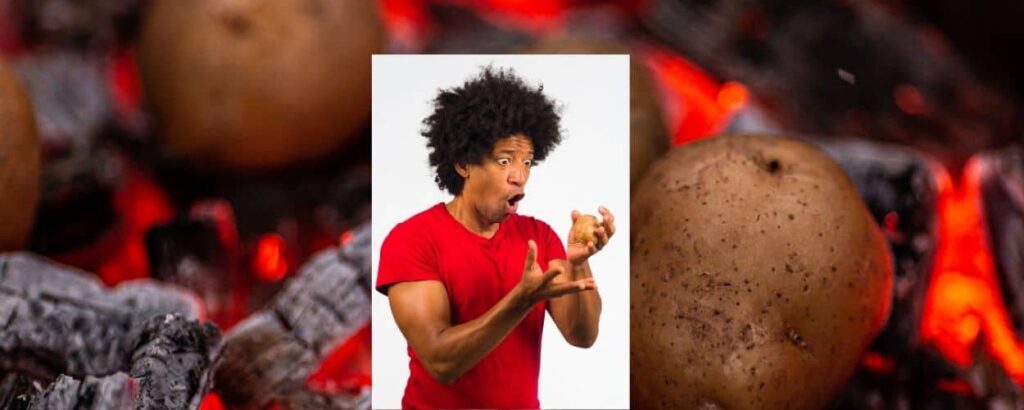
How To Stop Problem-solving From Being a “Hot Potato”
You are an incredible problem-solver. Yet, some people on your team are a different story. Somehow, they end up giving you all the challenging problems instead of tackling them themselves or develop their problem-solving skills. They treat these problems like “hot potatoes” and throw them over to you.
While that may be flattering, it kills your time. It impacts your opportunity to work on innovations and bring the company to the next level. You keep getting sucked into working in the business instead of on it.
Three questions that help stop the “hot potato”:
- How do great problem-solvers go about the process?
- How do you do it?
- How can you be effective in teaching problem-solving to get excellent outcomes?
Problem-solving Involves the Art of Reducing Complexity
Recently, I assembled a puzzle. In a Brilliance Nugget, I pondered what it would take to teach someone to solve a puzzle if they had never done it before. As I was observing myself solve the puzzle, I saw that it was much more complex than I thought it at first.
The truth is: When you observe how you do something, it is almost always more complex than you first thought. You have done it often enough, and as a result, you do many things automatically. Thus, the task no longer seems complex to you. The same applies to problem-solving. There is much more going through your brain when solving problems than you realize.
As I was working on the puzzle, it occurred to me: I made strategic decisions to reduce the complexity of the challenge. The particular puzzle was of the Appalachian Trail. The puzzle was tall and narrow (12″ wide and 36″ high). I noticed:
- The trail runs diagonally across the puzzle, from the bottom left to the top right.
- There are quite a few unique puzzle pieces with names of places along the trail, the line marking the trail.
I established an excellent framework by
- Laying down the edge and corner pieces and
- Building the trail with the unique puzzle pieces
Now, it was much easier to see where the other pieces went. I had also reduced the sheer number of less unique pieces.
In other words, I had reduced the complexity of the puzzle.
The puzzle example offers a great metaphor: We need a framework to anchor the new information when we learn. That is critical! At best, it is tricky to absorb and keep a piece of information that does not connect to anything we already know.
Dr. Stephie 🙂
How Do You Reduce Complexity When Solving a Problem?
When you start working on solving a problem, you face many options. That is where some people get overwhelmed. It feels like there are too many options, and how will they make the right decision?
A client pointed me to a Forbes article about “Upping Your Complexity Quotient (CQ).” We are familiar with the Intelligence Quotient (IQ). Most think of the IQ as being fixed (it is not for teenagers and for elderly people with dementia). Then there is the CQ which is something we can learn to increase.
Problem-solving requires intelligently reducing complexity. You need to cut down the number of options to consider. That is a big part of what you need to teach when you expect others to solve problems as well as we do.
Key Takeaways
- Challenging problems are often like “hot potatoes” thrown to you (or other great problem-solvers on your team).
- Problem-solving involves intelligently reducing complexity.
- Training your team to be better problem-solvers means
- You are raising their Complexity Quotient (CQ).
- You understand how you (and others on your team who are great problem-solvers) go about problem-solving. What is the thought process? It needs to be captured and documented in detail.
I’m Curious
What are your thoughts on teaching problem-solving?